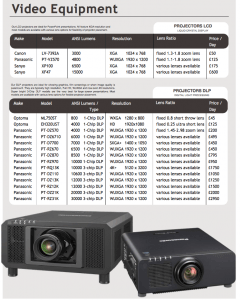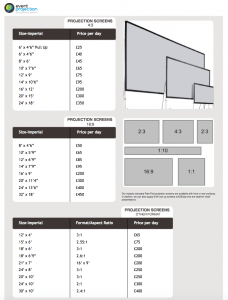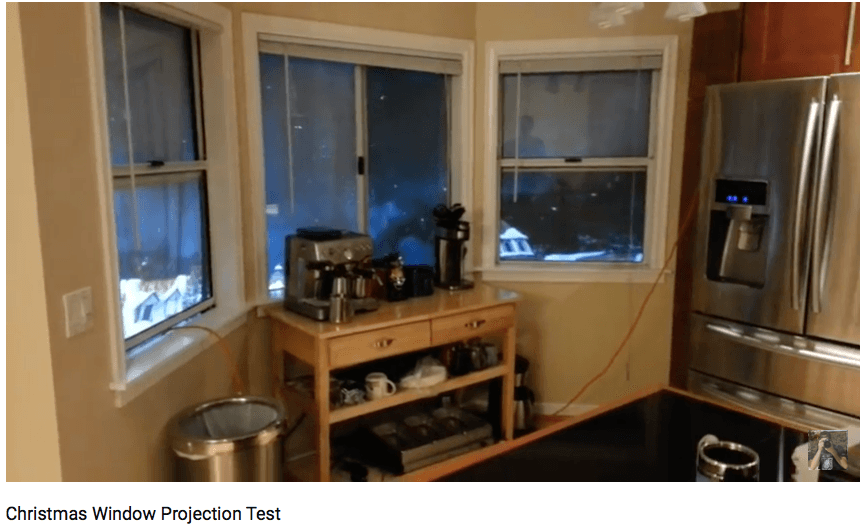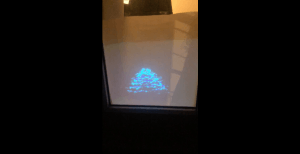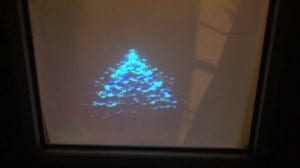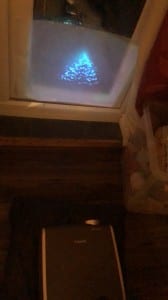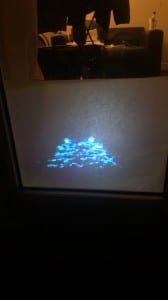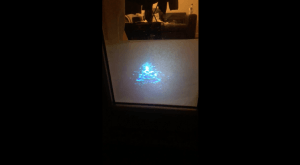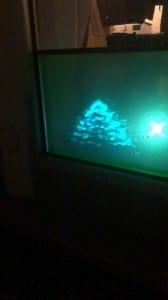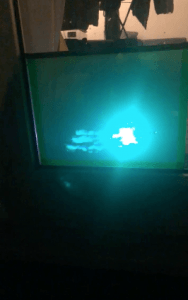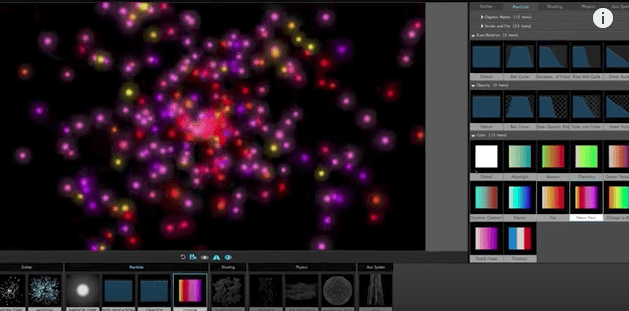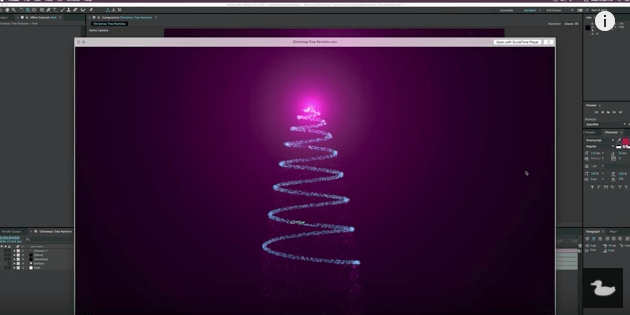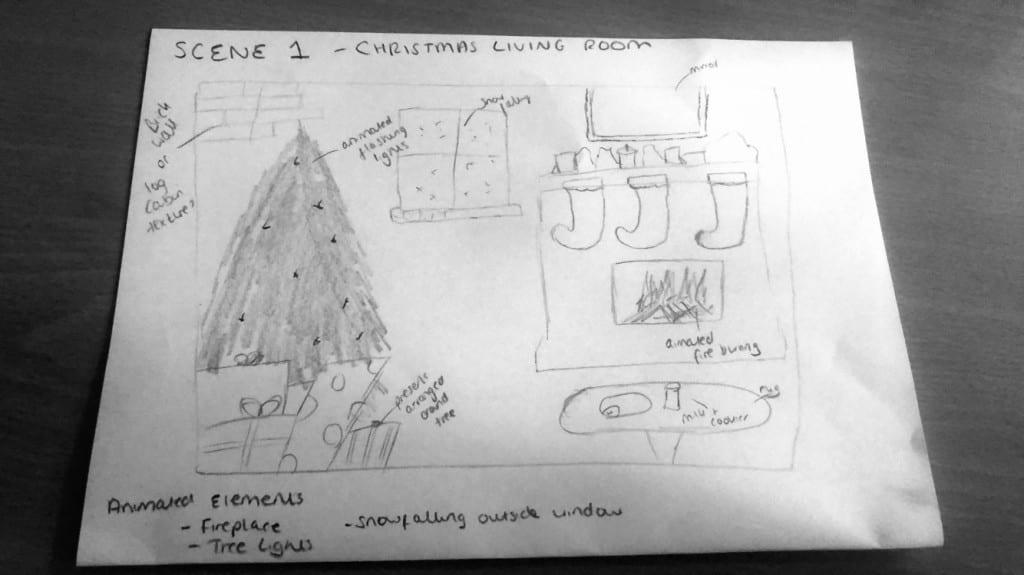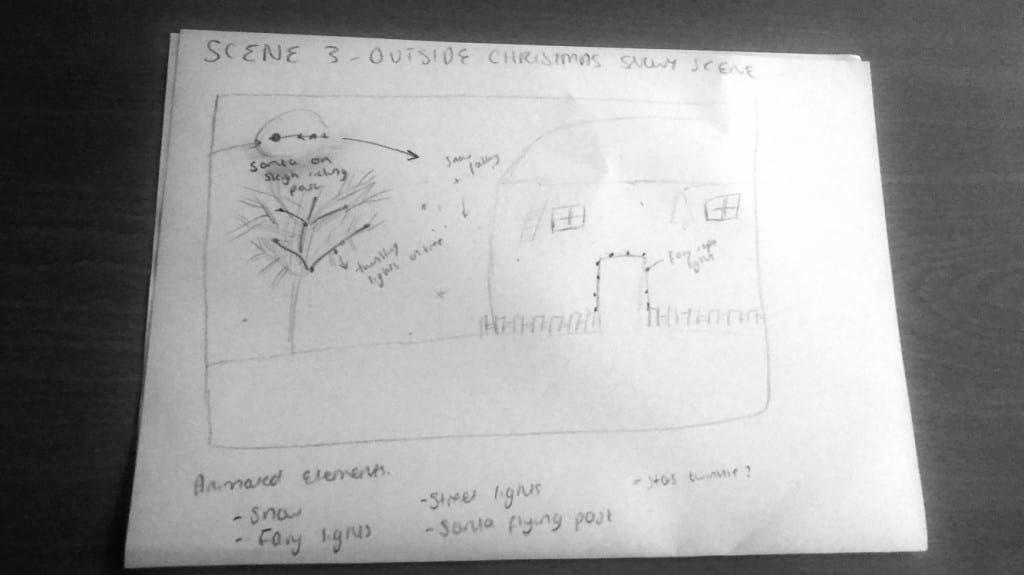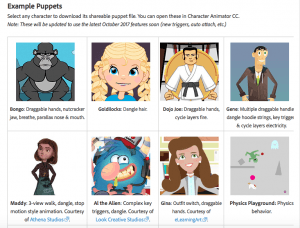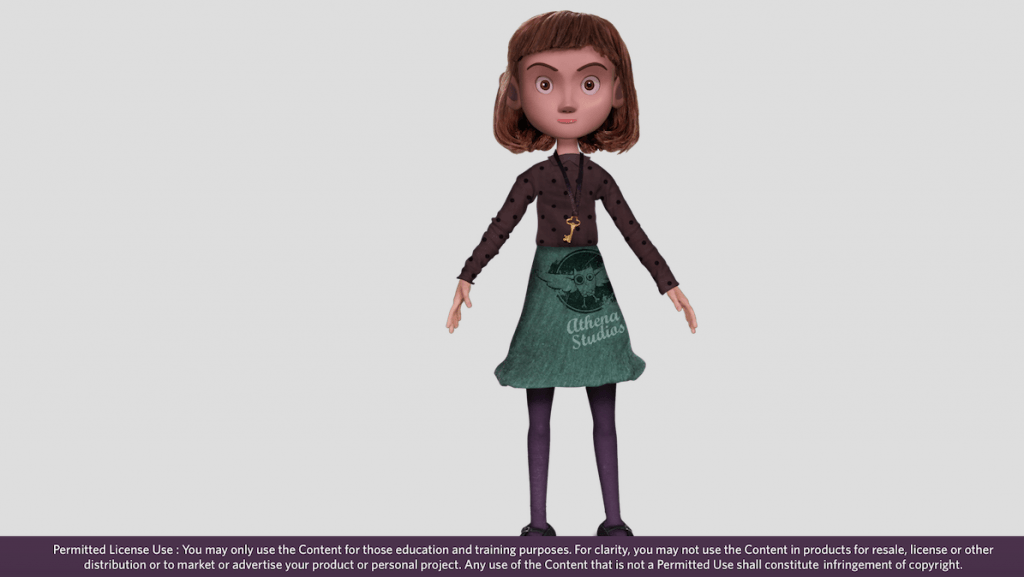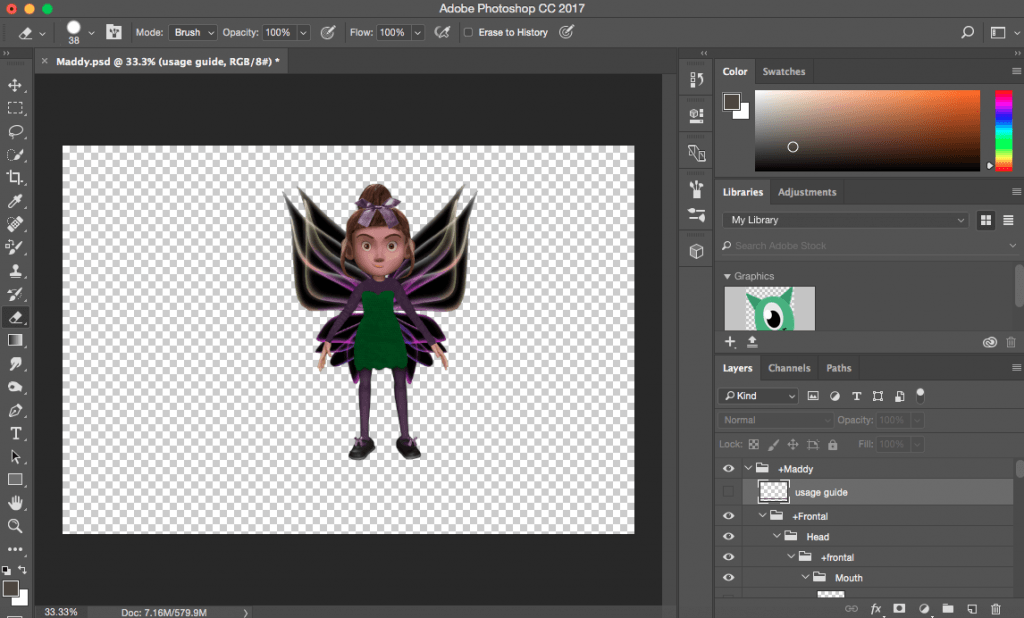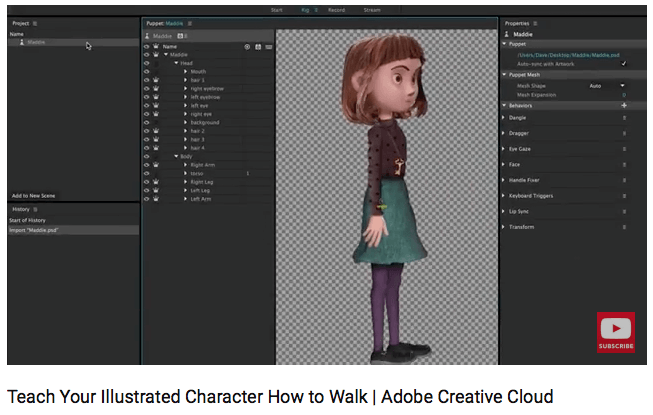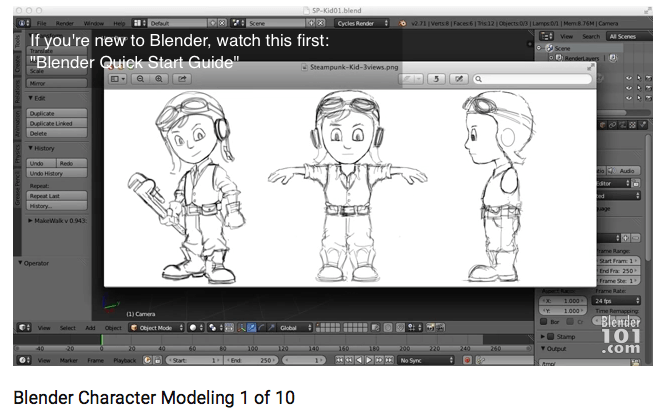A VIDEO PROJECTION MAPPING CONCEPTUAL DESIGN AND APPLICATION: YEKPARE
Written by Berna Akim
The Turkish Online Journal of Design, Art and Communication – TOJDAC July 2011 Volume 1 Issue 1
“In recent years, video installations, also called video projection mappings that are formed relationship between space and visualized materials and displayed on architectural surfaces, buildings. ‘space’ refers to building’s surface, which plays an active role to display and gains recognition as new art forms in public space. This kind of projected performances can also be defined as ‘urban screenings’. Urban screens play an interactive role, developing a dynamic digital display to join virtual and urban public space.”
When I originally decided to base my project around projection mapping, I immediately wanted to create a large scale architectural piece to really showcase my skills and test my ability. However, as pointed out in my proposal, it was brought to my attention that there may be a number of problems preventing me from doing this; one being the issue of sourcing a projector powerful enough. Having researched a lot into examples of impressive projection mapping displays, I was eager to make use of ‘space’ in my own dynamic ‘urban screening’. Given the versatile nature of projection mapping, the possibilities are endless and projects can very easily be scaled down or adjusted to fit resources and budget. Although I was not able to project directly onto a house as I had originally hoped, I was still able to make use of the limited space that I did have, and create a project better suited for my current resources.
When developing my concept over the course of this project, I found it particularly useful referencing this journal article written by Berna Akim.
“Conceptual design develops a model of what the artwork will present and how it will be shown in its physical environment that specifies the details of the design such as screen layout, visual effects, main and transit scenes. Building a conceptual stage, the style of a performance is established. The processes of designing a concept are; brain storming, storytelling, sketching, composing the techniques.”
Following on from Akim’s suggested methodology for conceptual design, I decided to break my project down to ensure that every aspect has been discussed and planned. Thinking carefully about this idea of storytelling, I decided that each scene would tell a different story, and these stories will be subtle suggested through the various components that build the scene. For example, one scene will capture Christmas Eve with Santa having just paid a visit. There will be a table with an empty glass of milk and a half eaten cookie. Presents will be neatly placed around the tree and the stockings hung above the fireplace will be full.
Another important thing to consider when developing my project, is establishing clear objectives of what I want I am to achieve. Despite the fact my final output is by no means as impressive as some projection mapping pieces, such as those featured at Lyon’s Festival of Light, given the objective of my project and what I am creating it for, I believe that it is nonetheless suited for its purpose. The Lincoln West End Lights is just a small event, organised by the local community for the residents of the area to enjoy and take part in. Therefore, it is by no means necessary for me to create an extravagant, architectural piece. Yes, it would certainly be impressive to do, however, it is not necessary for this particular project. Given my target audience and who will be attending the event, I want my finished project to be something that is visually interesting for a range of ages. Of course, I will keep in mind the younger audience that attend the event and will most certainly keep all content suitable and appropriate. However, I will not as I had originally planned to do, create animations that are purely for a younger audience. In my original proposal, I stated that I would use both After Effects and Character Animator to create some fun, child friendly animations. As my project developed, I decided instead to focus on creating three different Christmas inspired scenes that would contain animated elements. I will certainly make sure that these three scenes are visually appealing and interesting for a younger audience, however, I will no longer be making purely a 2D animation for children.
